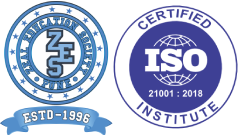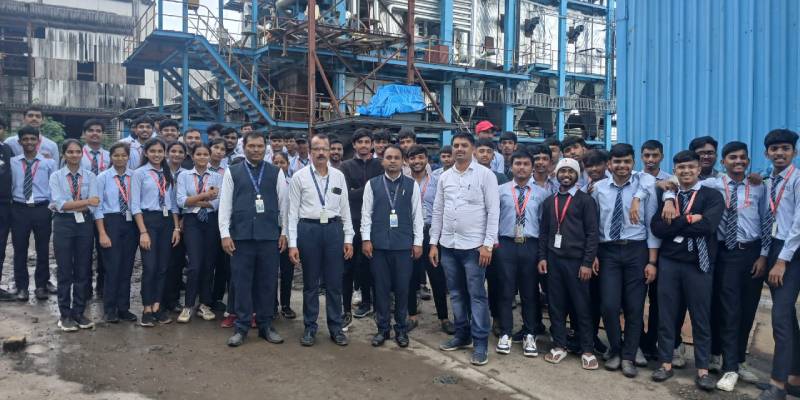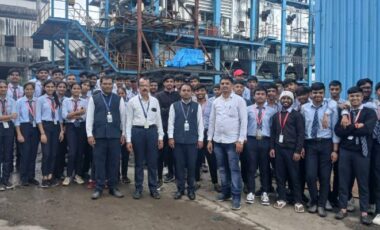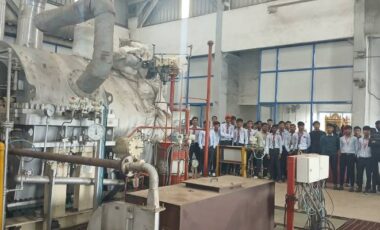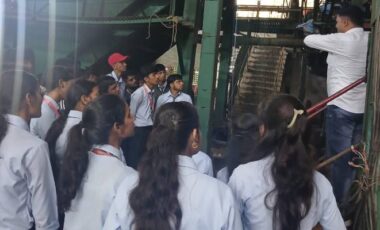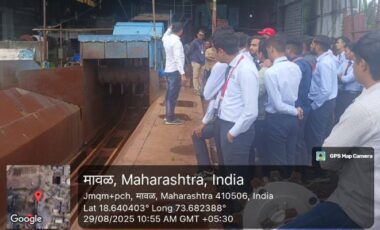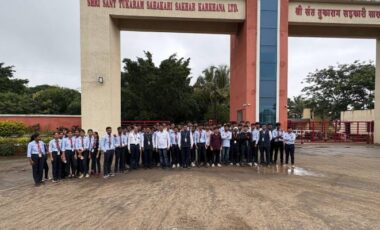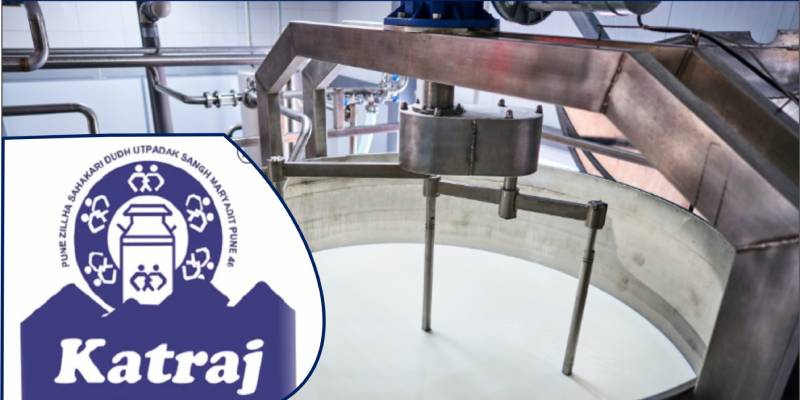Resource Person:
Mr. Kalokhe S.B. (General Manager) & Mr. Bhale S.R. (Sr.Engineer)
Industry Profile:
Shri Sant Tukaram Sahakari Sakhar Karkhana Ltd. is a sugar factory located in Kasarsai-Darumbre, a hilly and undeveloped area in Pune district. The factory was founded by Shri Viduraji Vithoba alias Nanasaheb Navale, who was inspired by the local culture and environment. The factory has 22361 members and 502 workers, including co-generation units that produce 15 MW of electricity.
The factory covers five tahsils: Mulshi, Maval, Khed, Haveli and Shirur, and operates in 461 villages in Pune district. The sugar plant has a capacity of 3500 TCD and was commissioned in 1998-99. The co-generation plant was completed in 2015-16 with the help of Thysen Krupp and Uttam Energy Systems as machinery suppliers. The project cost of the sugar plant was Rs.3500.00 lac
Products:
- The sugar production process involves the extraction of sucrose from sugarcane or sugar beet. The harvested cane or beet is first washed and chopped into small pieces. Then, it is crushed or shredded to extract the juice, which is filtered and clarified to remove impurities. The juice is then boiled and evaporated to form a thick syrup, which is further crystallized to separate the sugar crystals from the molasses. The sugar crystals are then washed dried and packed for sale. The molasses, which contains residual sugar and other substances, is either sold as a by-product or used for further processing.
- Cogen short for cogeneration, is the simultaneous production of electricity and heat from a single fuel source, such as bagasse, the fibrous residue of sugarcane after juice extraction. Cogeneration is an efficient and environmentally friendly way of utilizing the energy potential of bagasse, which would otherwise be wasted or burned. By burning bagasse in boilers, steam is generated, which drives turbines to produce electricity. The exhaust steam from the turbines can then be used for various heating purposes in the sugar factory, such as juice concentration, crystallization and drying. Cogeneration not only reduces the dependence on fossil fuels and grid power, but also generates surplus electricity that can be exported to the grid or other consumers
- Distillery is the process of producing ethanol or alcohol from molasses or other feedstocks. Ethanol is a renewable and clean-burning fuel that can be blended with gasoline or diesel to reduce greenhouse gas emissions and improve engine performance. Ethanol can also be used for industrial and potable purposes. The distillery process involves three main steps: fermentation, distillation and dehydration. Fermentation is the conversion of sugars into ethanol and carbon dioxide by yeast or bacteria. Distillation is the separation of ethanol from water and other impurities by boiling and condensing. Dehydration is the removal of residual water from ethanol by molecular sieves or other methods
- By-products
1. Bagasse: As mentioned above, bagasse is used as a fuel for cogeneration or as a raw material for paper, pulp, board and bio-composites.
2. Molasses: Apart from being used for ethanol production, molasses can also be used as a feed additive for livestock, as a soil conditioner or fertilizer, as a source of yeast and organic acids, or as an ingredient for food products such as candies, cookies and sauces.
3. Press mud: Press mud is the solid waste obtained from the filtration of cane juice. It contains organic matter, minerals and wax. It can be used as a compost or bio-fertilizer for improving soil fertility and crop yield. It can also be used for biogas production, mushroom cultivation, vermicomposting or extraction of wax78.
Objective / Purpose:
- To understand the sugar production process Gain knowledge of the various stages involved in sugar production, from juice extraction to crystallization.
- To learn about Steam boiler & Steam Turbine operations and steam generation Understand the working of boilers & turbines, fuel handling, combustion, and steam generation.
- To study heat transfer processes and applications: Observe and learn about various heat transfer processes, such as conduction, convection, and radiation, and their applications in the sugar factory.
- To understand energy efficiency measures and waste heat recovery: Learn about the energy conservation techniques and waste heat recovery systems implemented in the factory.
- To gain practical exposure to thermal engineering principles Apply theoretical knowledge of thermal engineering to real-world scenarios in the sugar factory.
- To develop problem-solving skills Identify and analyze problems related to sugar production and propose solutions.
- To enhance knowledge of industrial safety practices understand the safety protocols and measures implemented in the factory to ensure a safe working environment.
- To foster industry-institution interaction: Promote collaboration and knowledge sharing between the sugar industry and academic institutions.
- To provide hands-on experience: Offer students hands-on experience with industrial-scale equipment and processes.
- To inspire research and development: Encourage students to explore research opportunities and develop innovative solutions for the sugar industry.

